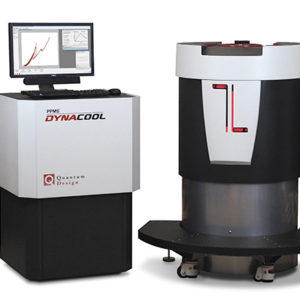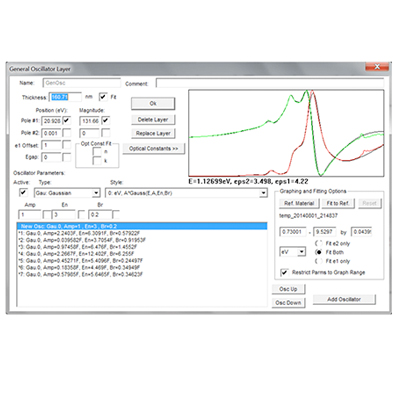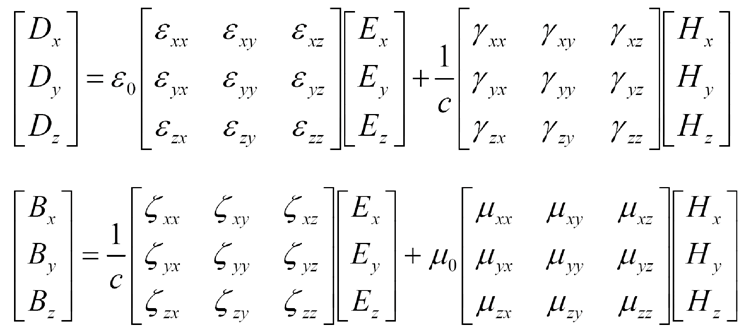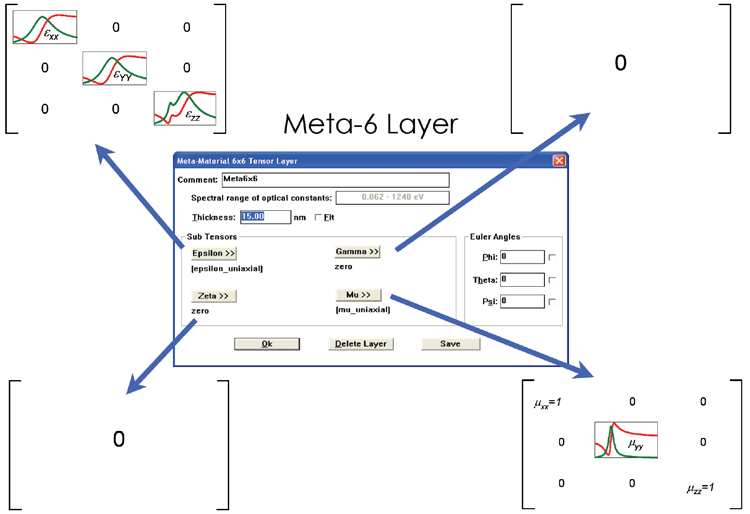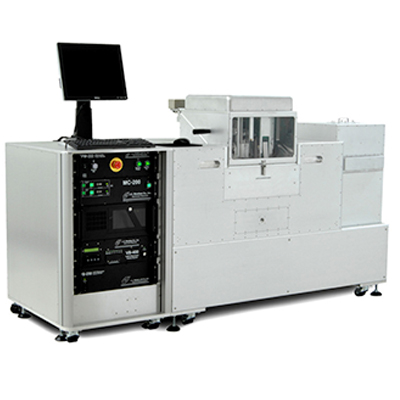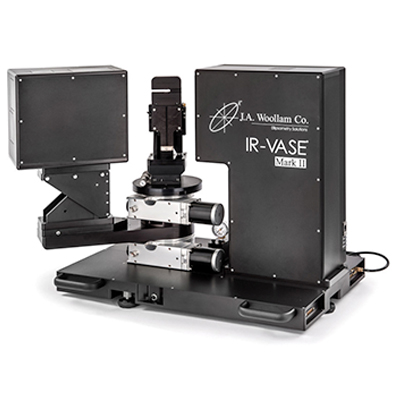- Features
- Specifications
- Videos
- Related Products
- Contact
- Back To Spectroscopy
- Back To Optics
- Back To Hyperspectral
- Back To Cameras
- Back To X-Ray
- Back To Light Measurement
- Back To Characterisation
- Back To Electron Microscopy
- Back To Magnetometry
- Back To Ellipsometers
- Back To Cryogenics
- Back To Lake Shore
J.A. Woollam WVASE Ellipsometer Software
Spectroscopic Ellipsometer analysis programme
WVASE® is the most powerful and comprehensive ellipsometric analysis program available. It provides more modelling options than any other program. WVASE® employs state of the art mathematical fitting algorithms for the fastest, most accurate, fits to your data. In addition to modelling and analysing the ellipsometric data, WVASE® also analyses and/or simulates reflectance and transmission data (Neutron reflectivity data, also, for analysis of very tin films such as organics).
FEATURES
- GENERALISED OSCILLATOR LAYER
- Build your own oscillators, beginning with a number of built-in functions, including:
- Lorentz
- Gaussian
- Harmonic
- Drude
- Tauc-Lorentz
- Cody-Lorentz
- Tanguy
- PSEMI
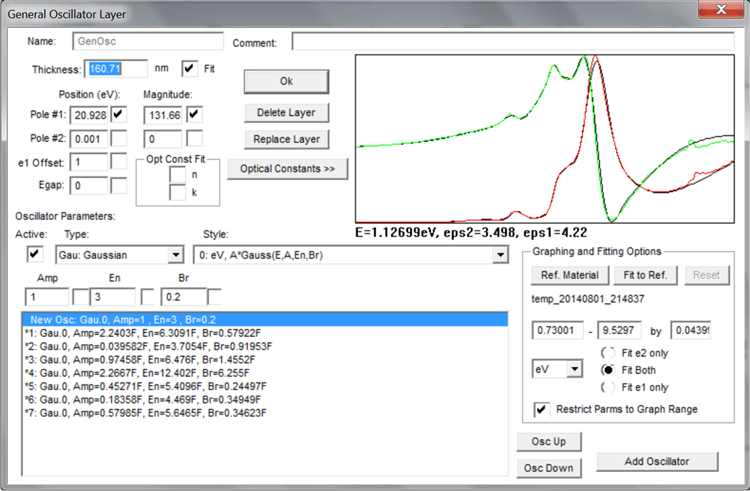
Meta-6 Layer
Metamaterials consist of artificially-created arrays of small structures, usually smaller than the measurement wavelength. These structures have properties tailored to interact with incoming ElectroMagnetic waves in ways generally not observed in natural materials. Up to four relative constitutive functions (ε, μ, γ and ζ ) can be required to completely model metamaterials structures. Furthermore, they can be anisotropic, requiring 3X3 tensors for each function, as shown below:
These equations are embodied in the Meta-6 layer, as shown below with different Gen-Osc layers describing the various anisotropic dielectric tensors. Metamaterials are usually anisotropic and are often depolarizing; meaning that they usually require either generalized ellipsometry (g-SE) measurements or even Mueller Matrix ellipsometry (MM-SE).





